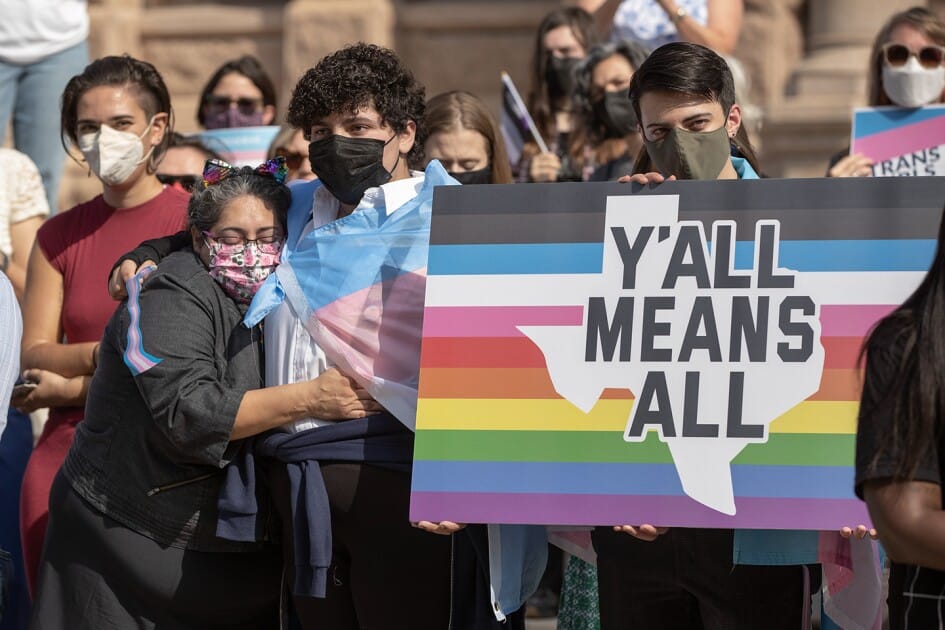The U.S. Department of Education’s new Title IX regulation is getting a ton of attention lately, with lawsuits, injunctions, a U.S. Supreme Court emergency ruling, and more action to come.
To help educators navigate through the twists and turns, Education Week has created a guide on the new rule, the legal actions surrounding it, and the key questions and answers about it.
What is the new Title IX regulation?
The new regulation, which took effect Aug. 1, is the Education Department’s latest interpretation of Title IX of the Education Amendments of 1972, which bars sex discrimination in federally funded schools and colleges. The regulation clarifies for the first time that Title IX protects students based on sexual orientation and gender identity. It also expands protections for pregnant and postpartum students, offers stronger language about retaliation, and sets out new grievance and due-process procedures.
Why is the new regulation controversial?
The new regulation swiftly drew legal challenges from 26 Republican-leaning states, with the chief objection being to the inclusion of gender identity in the rule’s overall definition of sex discrimination and in provisions dealing with spaces such as restrooms. Those 26 states are: Alabama, Alaska, Arkansas, Florida, Georgia, Idaho, Indiana, Iowa, Kansas, Kentucky, Louisiana, Mississippi, Missouri, Montana, Nebraska, North Dakota, Ohio, Oklahoma, South Carolina, South Dakota, Tennessee, Texas, Utah, Virginia, West Virginia, and Wyoming.
But isn’t the Title IX rule also blocked in some schools outside those 26 states?
Correct. Significantly, one injunction, from the federal district court in Kansas, is also in force at any school in any state attended by students or members of three groups that joined the challenge—Moms for Liberty, Young America’s Foundation, and Female Athletes United. Those lists include schools in all 24 states not covered by a statewide injunction. And the lists are not locked in stone. The groups are permitted to recruit new members and add their children’s schools to the lists. So all it takes is one child of a Moms for Liberty member for that child’s school to be added to the list. The latest update to the list was filed Aug. 28 in the Kansas district court.
(The Education Department has provided a link to those lists, which are dated July 15, July 26, July 31, and Aug. 28. Neither the groups nor the court has consolidated the lists, so interested parties should make sure to check each list for particular schools.)
Why is Moms for Liberty opposed to Title IX changes?
Moms for Liberty, which is focused on K-12 schools, and the other conservative organizations argue that the changes to Title IX infringe upon parental rights and facilitate unwanted policies in schools, particularly concerning gender identity and sexual orientation. These groups assert that they want to “save” Title IX by preventing these recent updates from taking effect.
What did the U.S. Supreme Court decide about the Title IX regulation?
The court on Aug. 16 denied a request by the Biden administration to partially curb the injunctions that are blocking the Title IX regulation in 26 states and the “list” schools in other states.
In an unsigned opinion, the court said that the administration had failed to show that the bulk of the new regulation could be separated from three challenged provisions that newly define sex discrimination to cover sexual orientation and gender identity.
“On this limited record and in its emergency applications, the government has not provided this court a sufficient basis to disturb the lower courts’ interim conclusions that the three provisions found likely to be unlawful are intertwined with and affect other provisions of the rule,” the court said in its short opinion in Department of Education v. Louisiana and Cardona v. Tennessee.
What did the four dissenting Supreme Court justices have to say?
All nine justices agreed to keep in place the injunctions blocking three provisions of the regulation dealing with gender identity. But four justices—Sonia Sotomayor, Elena Kagan, Neil M. Gorsuch, and Ketanji Brown Jackson—said they would have allowed other provisions of the regulation, such as those dealing with pregnancy and retaliation, to take effect everywhere.
“At this juncture,” Sotomayor wrote for the dissenters, “enjoining the application of any other part of the rule needlessly impairs the government from enforcing Title IX and deprives potential claimants of protections against forms of sex discrimination not at issue in [the challengers’] suit.”
What happens next for the new Title IX regulation?
The lawsuits challenging the Title IX regulation were filed in 10 different federal district courts, all but one of which issued preliminary injunctions blocking the rule. (One district court denied an injunction but was quickly overruled by a federal appeals court.) Those injunctions are now being reviewed by at least four different courts of appeals. Two of those appellate courts have set a date or a date range for oral arguments this fall.
The U.S. Court of Appeals for the 6th Circuit, in Cincinnati, which in July declined to undo a preliminary injunction blocking the regulation, will hear broader arguments on the merits of the regulation Oct. 30. Meanwhile, the U.S. Court of Appeals for the 11th Circuit, in Atlanta, has said it will hear arguments over another preliminary injunction sometime during the week of Dec. 16.
The Supreme Court, in its Aug. 16 unsigned opinion, said it “expects that the Courts of Appeals will render their decisions with appropriate dispatch.” That was meant as a signal to the lower courts that they should try to move quickly and also suggests the high court is inclined to take up the merits of the regulation sooner rather than later.
But federal appeals courts aren’t especially known for deciding cases with “dispatch,” so it remains to be seen how quickly this will be resolved. The current patchwork enforcement of the Title IX regulation is likely to continue for at least half of the current school year and probably longer, legal experts say.
2024-09-12 21:08:41
Source link

